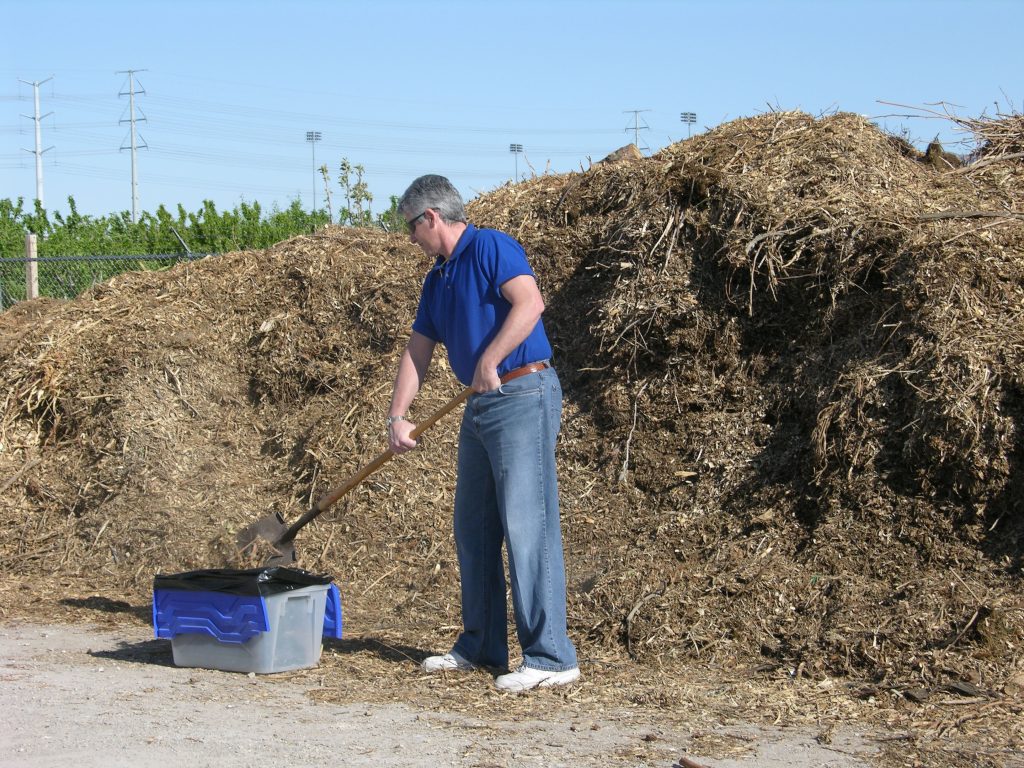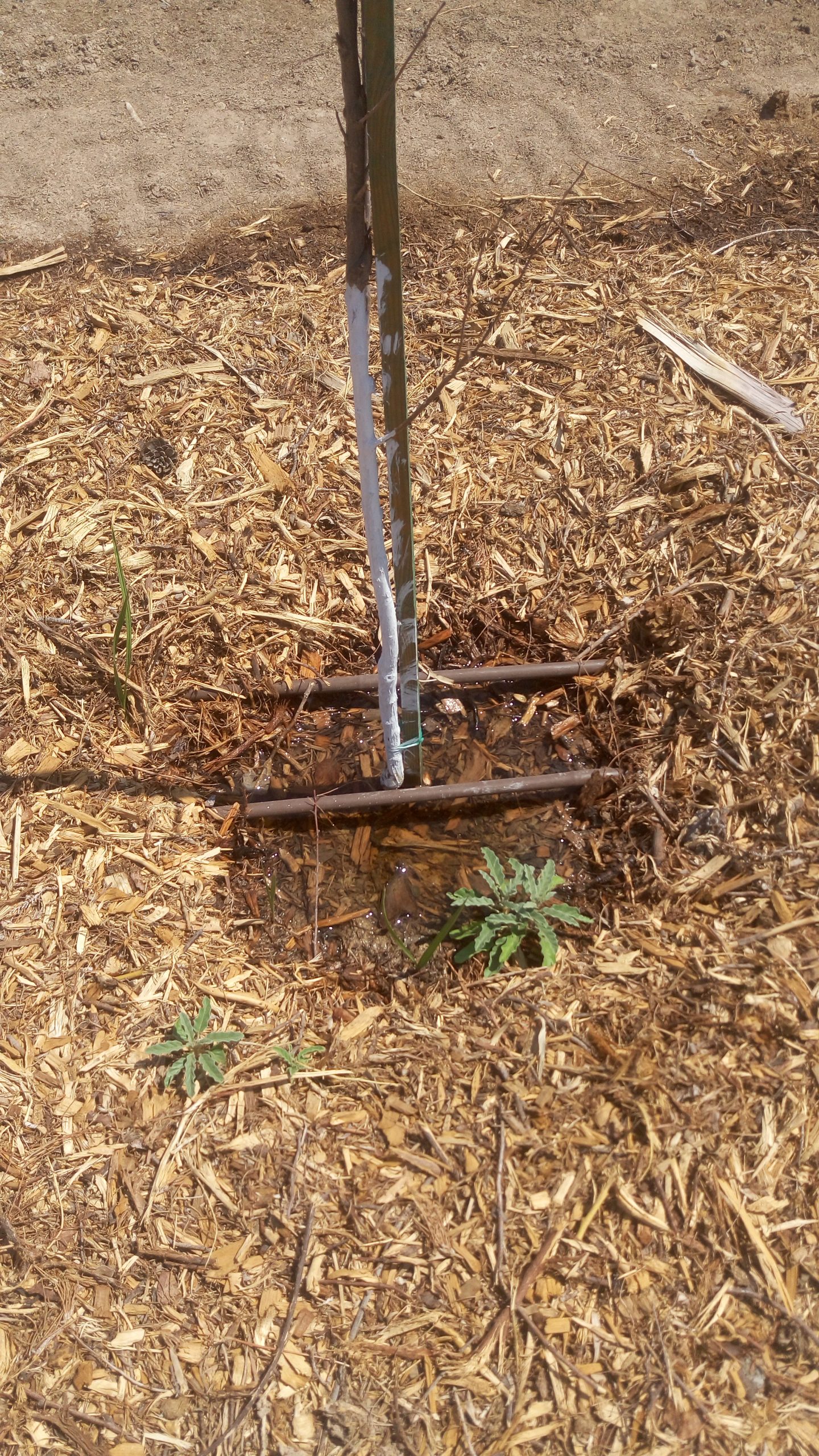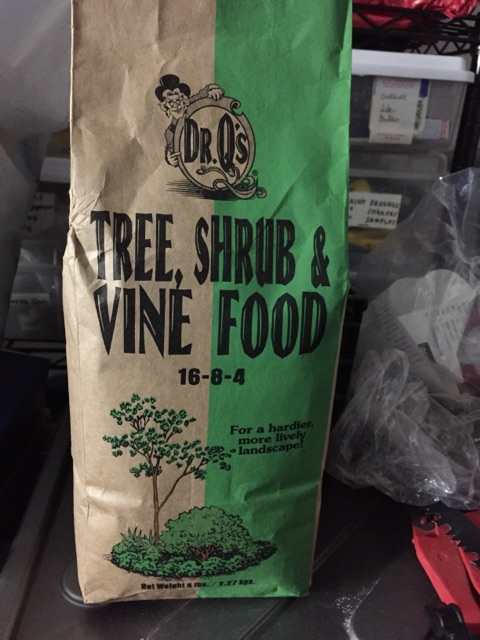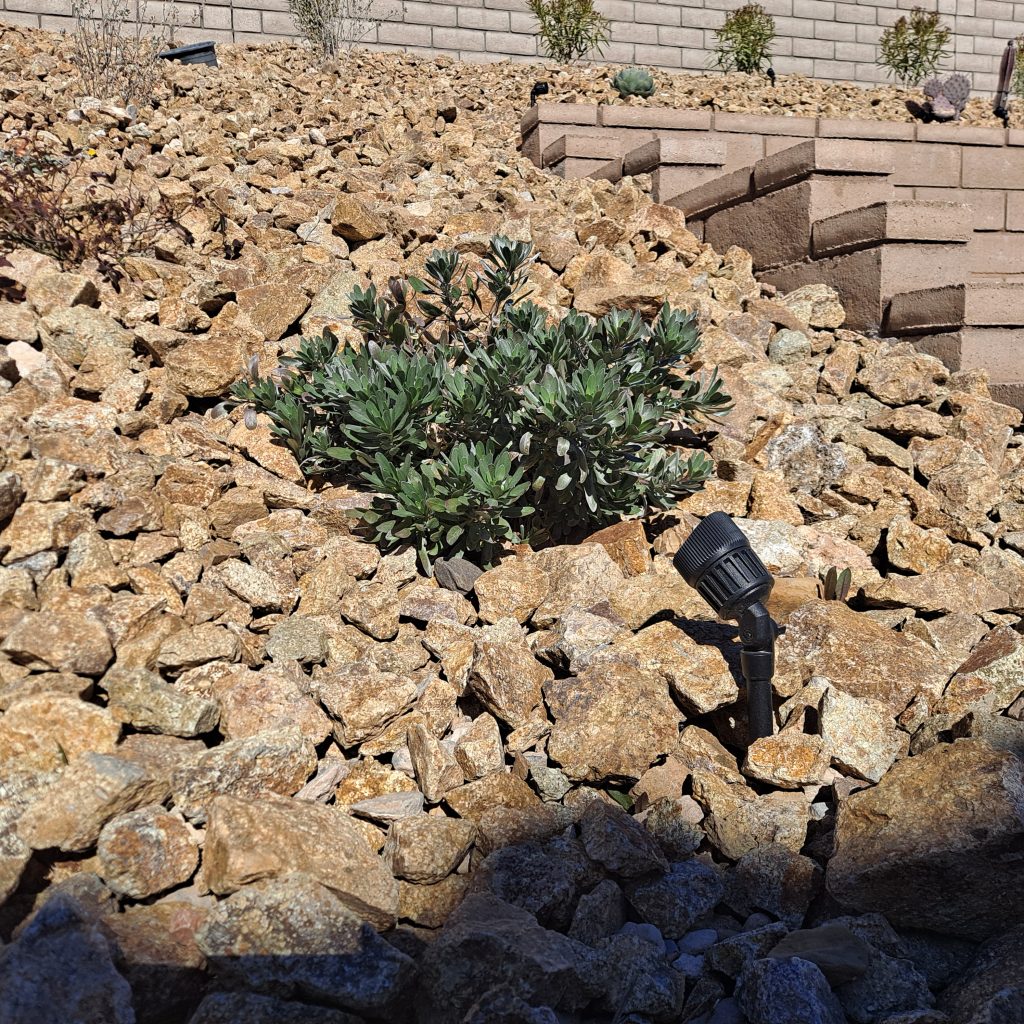Q. My son has a lathe and does a lot of turning of bowls and other similar items. This creates a lot of wood dust. I was wondering if the wood dust can be used to fertilize or mulch the garden? I know you have said to use small chips for mulch. It seems to me that the dust should be good for something rather than throw this out.

A. A variety of sized particles of wood is better for your soil, physically and chemically, than adding “sawdust” alone. As it decomposes it adds to the soil “organics” which can be good. It goes without saying that this is not plywood or particle board sawdust. This type of sawdust adds “glues” to your soil and is better off in a landfill.

You can use it but be careful when using it. Adding sawdust to your soil can cause plants to become yellow from a lack of nitrogen as this sawdust decomposes. I would mix it with some high nitrogen fertilizer (high first number). Use a fertilizer high in nitrogen (the first number) such as a tomato or lawn fertilizer.

Be careful of dumping large amounts of dust of any type on the soil surface in one location. It can alter the soil physically. This dumping can “suffocate” plant roots and change a soil’s physical property so that air exchange decreases. If there are various sizes of wood particles, then they are perfect (physically and chemically) to build up the organics of the soil as it decomposes. If it is “sawdust”, then it is no different, physically, from any dust.

Sprinkle sawdust onto the soil, right through any surface mulch, a little at a time. Avoid dumping it in one spot. Spread it out! Distribute, sprinkle and incorporate this type of sawdust, along with a high nitrogen fertilizer, where it will get wet and rot faster.